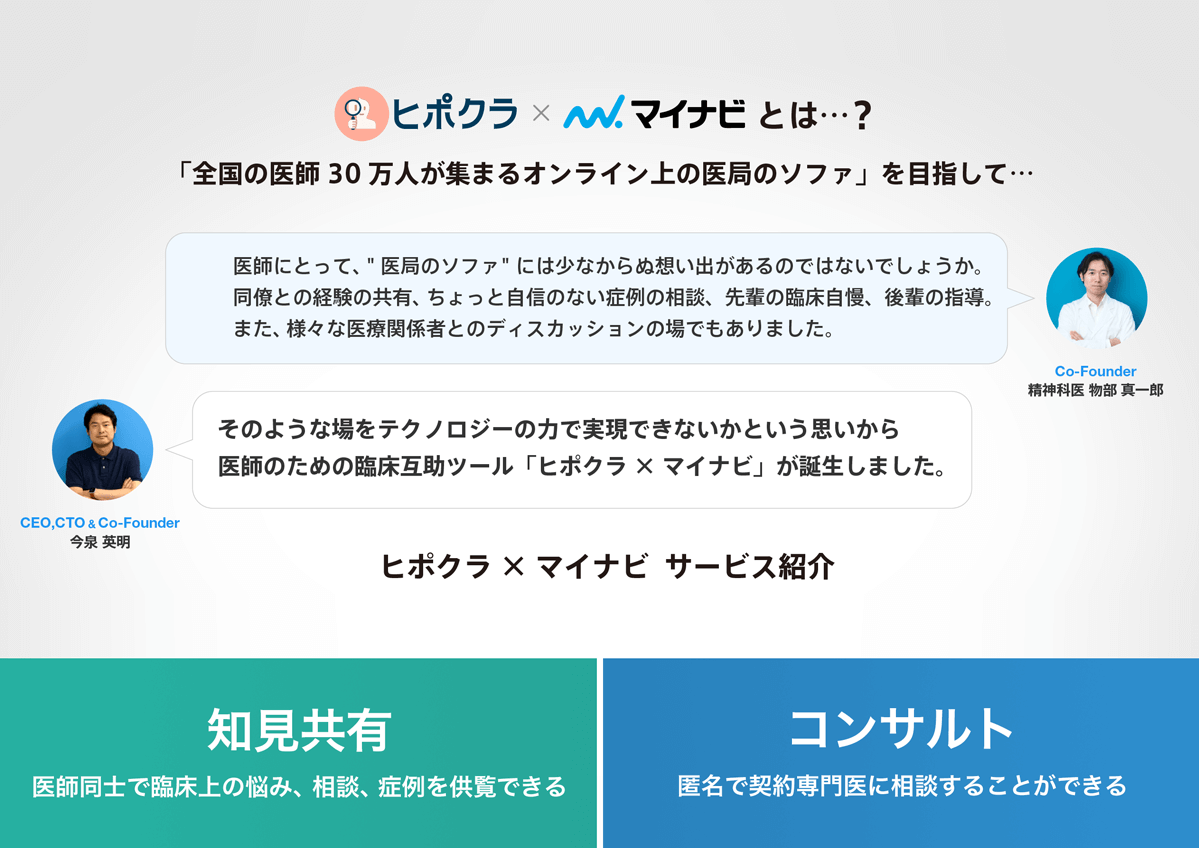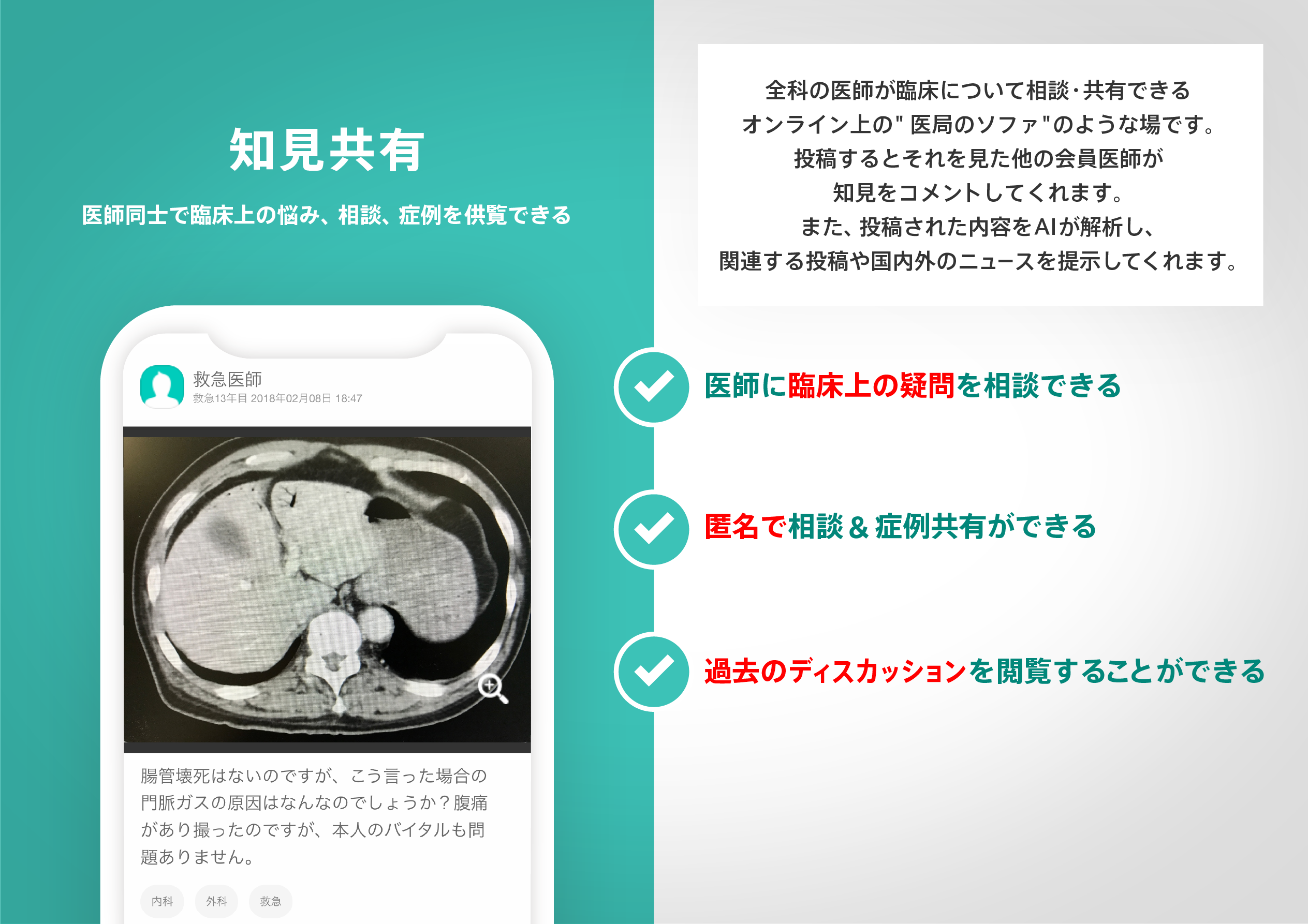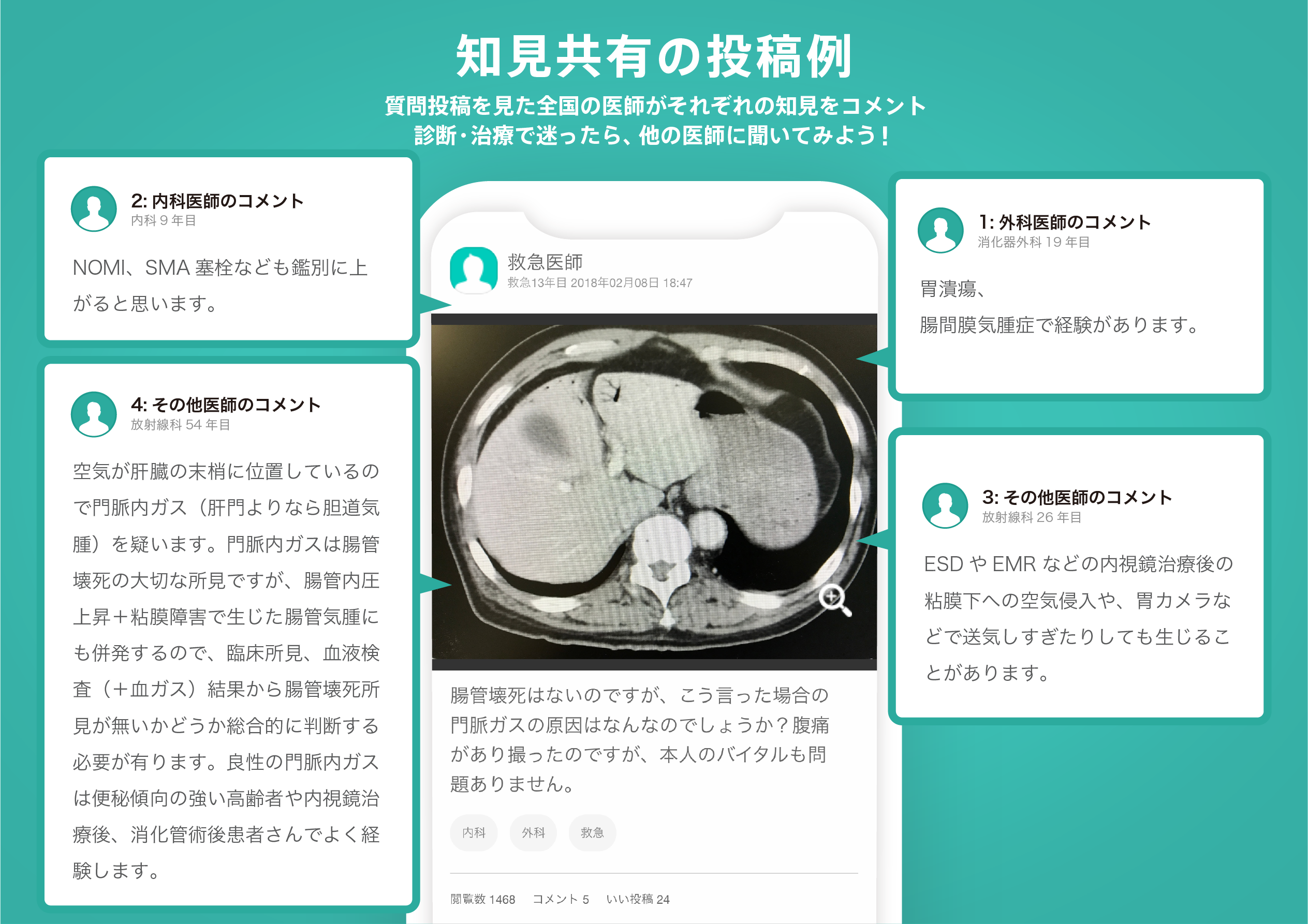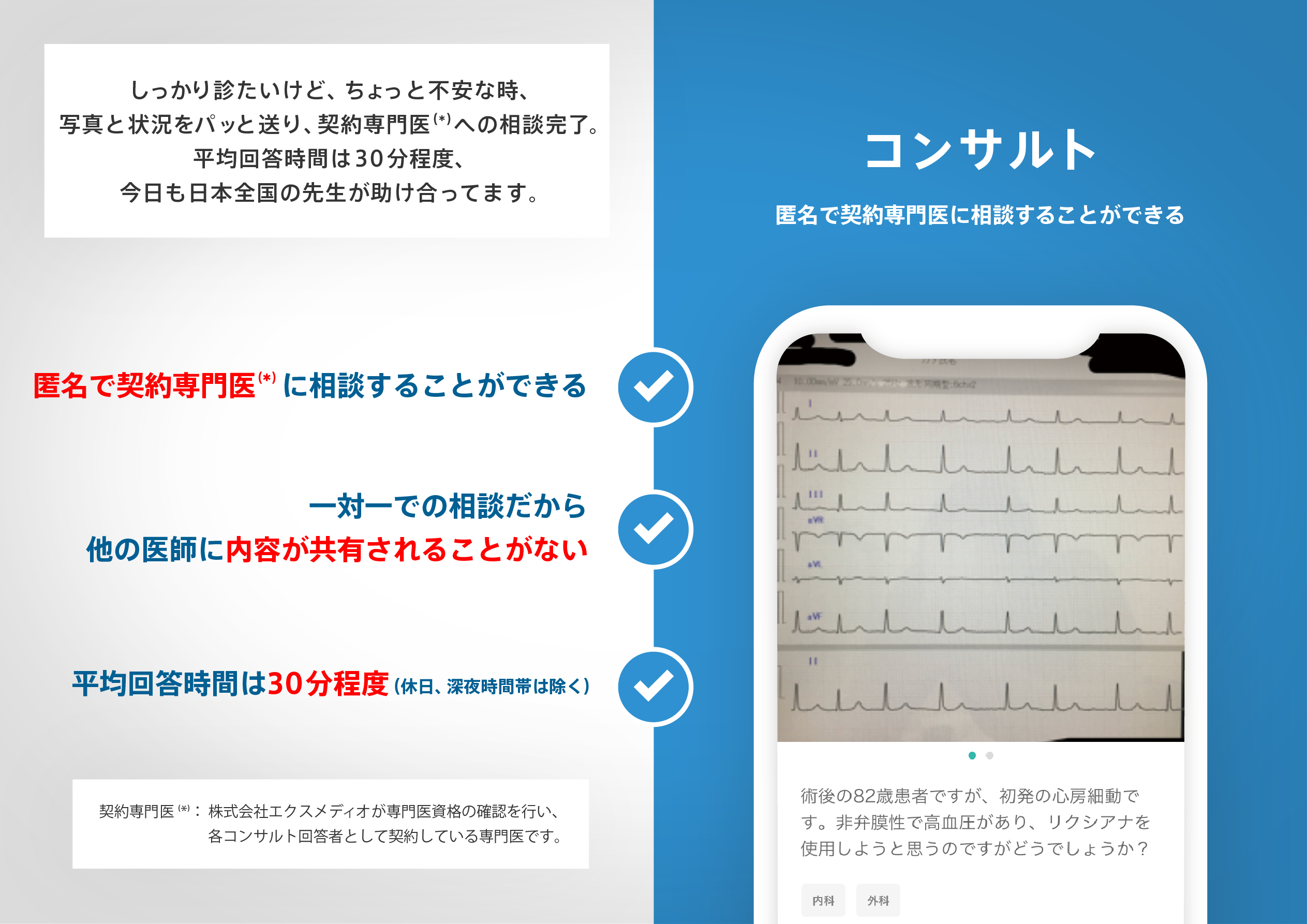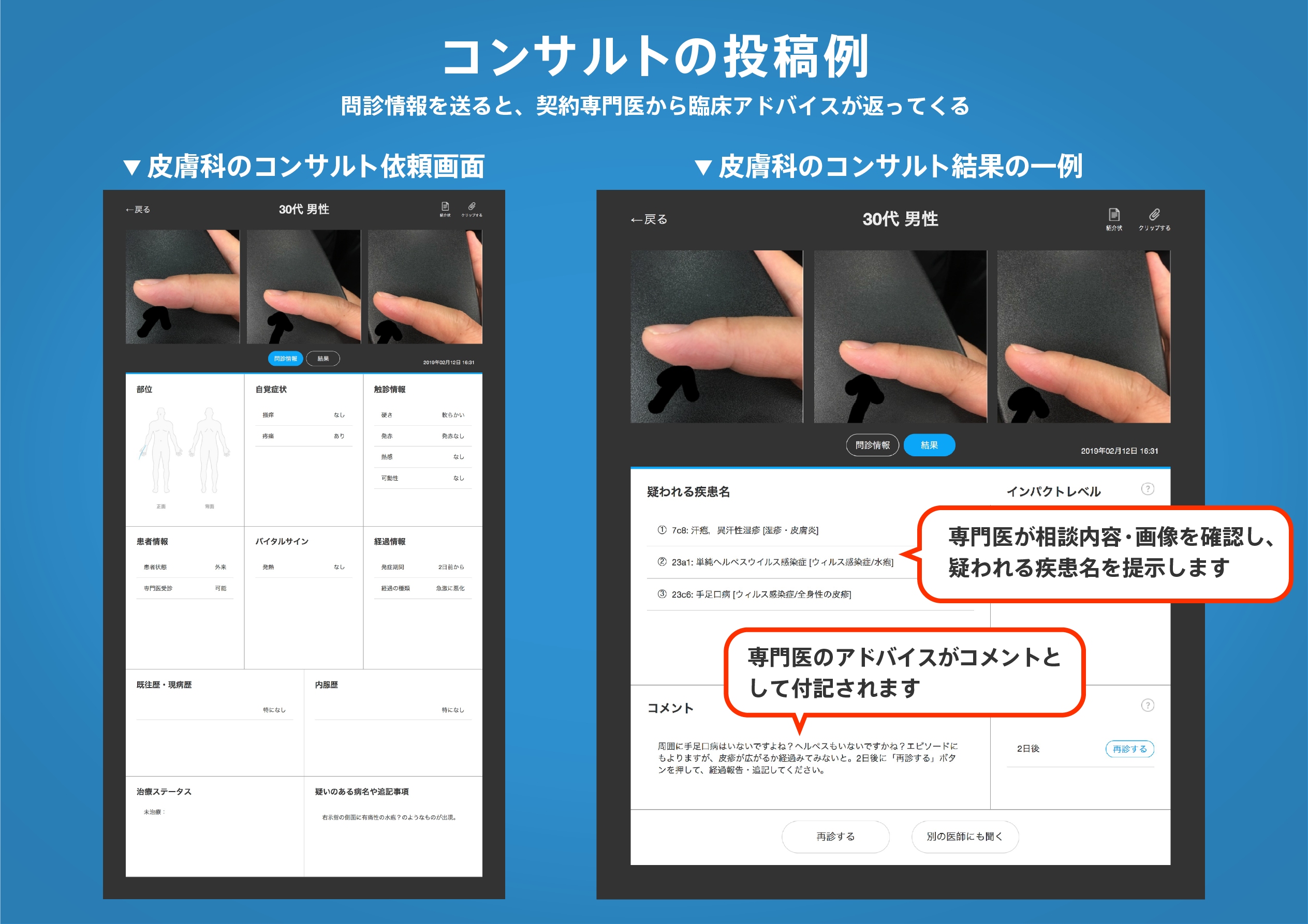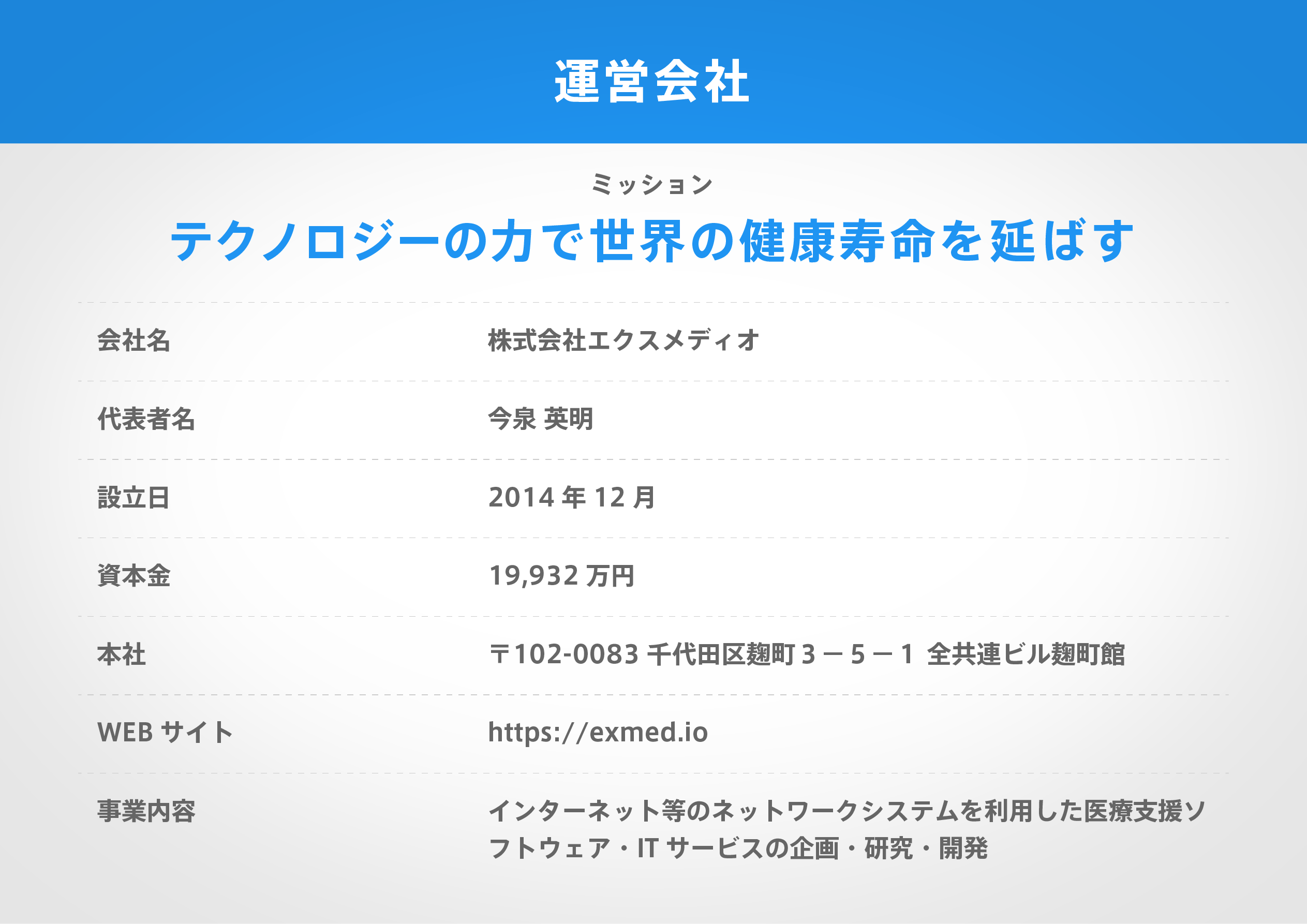著名医師による解説が無料で読めます
すると翻訳の精度が向上します
目的:リラシナム感染症における臨床管理の決定の基礎を提供する。 方法:Fungiscope®レジストリからの侵襲性P. lilacinum感染と文献で報告されたすべての症例の未発表の症例を分析しました。 結果:浸潤性P. lilacinum感染症の101症例を特定しました。主な素因因子は、31例(30.7%)の血液学的および腫瘍学的疾患、27症例ではステロイド治療(26.7%)、26症例の固形臓器移植(25.7%)、19症例の糖尿病(18.8%)の糖尿病でした。最も一般的な感染部位は、皮膚(n = 37/101、36.6%)と肺(n = 26/101、25.7%)でした。普及は22症例(21.8%)で発生しました。痛みと発熱が最も頻繁な症状でした(n = 40/101、39.6%、n = 34/101、33.7%)。診断は、98症例(97.0%)で培養によって確立されました。P. lilacinumは、10人の患者で画期的な感染を引き起こしました(9.9%)。臨床分離株は、アムホテリシンBに対してしばしば耐性がありましたが、ポサコナゾールとボリコナゾールは良好なin vitro活性を示しました。エキノカンディンに対する感受性はかなり異なりました。全身性抗真菌治療は、90人の患者(89.1%)で投与されました。頻繁に採用された抗真菌性は、51(56.7%)でボリコナゾール、26人の患者(28.9%)でイトラコナゾールでした。アムホテリシンB治療は、高い死亡率と有意に関連していた(n = 13/33、39.4%、p = <0.001)。全体的な死亡率は21.8%(n = 22/101)であり、死亡は45.5%(n = 10/22)のP. lilacinum感染に起因していました。 結論:P. lilacinumは、主に免疫不全患者における軟部組織、肺または播種性感染症として提示されます。固有の耐性により、種の正確な識別と感受性試験が不可欠です。アムホテリシンB製剤と比較して、トリアゾールで治療された患者では、結果はより優れています。
目的:リラシナム感染症における臨床管理の決定の基礎を提供する。 方法:Fungiscope®レジストリからの侵襲性P. lilacinum感染と文献で報告されたすべての症例の未発表の症例を分析しました。 結果:浸潤性P. lilacinum感染症の101症例を特定しました。主な素因因子は、31例(30.7%)の血液学的および腫瘍学的疾患、27症例ではステロイド治療(26.7%)、26症例の固形臓器移植(25.7%)、19症例の糖尿病(18.8%)の糖尿病でした。最も一般的な感染部位は、皮膚(n = 37/101、36.6%)と肺(n = 26/101、25.7%)でした。普及は22症例(21.8%)で発生しました。痛みと発熱が最も頻繁な症状でした(n = 40/101、39.6%、n = 34/101、33.7%)。診断は、98症例(97.0%)で培養によって確立されました。P. lilacinumは、10人の患者で画期的な感染を引き起こしました(9.9%)。臨床分離株は、アムホテリシンBに対してしばしば耐性がありましたが、ポサコナゾールとボリコナゾールは良好なin vitro活性を示しました。エキノカンディンに対する感受性はかなり異なりました。全身性抗真菌治療は、90人の患者(89.1%)で投与されました。頻繁に採用された抗真菌性は、51(56.7%)でボリコナゾール、26人の患者(28.9%)でイトラコナゾールでした。アムホテリシンB治療は、高い死亡率と有意に関連していた(n = 13/33、39.4%、p = <0.001)。全体的な死亡率は21.8%(n = 22/101)であり、死亡は45.5%(n = 10/22)のP. lilacinum感染に起因していました。 結論:P. lilacinumは、主に免疫不全患者における軟部組織、肺または播種性感染症として提示されます。固有の耐性により、種の正確な識別と感受性試験が不可欠です。アムホテリシンB製剤と比較して、トリアゾールで治療された患者では、結果はより優れています。
OBJECTIVES: To provide a basis for clinical management decisions in Purpureocillium lilacinum infection. METHODS: Unpublished cases of invasive P. lilacinum infection from the FungiScope® registry and all cases reported in the literature were analysed. RESULTS: We identified 101 cases with invasive P. lilacinum infection. Main predisposing factors were haematological and oncological diseases in 31 cases (30.7%), steroid treatment in 27 cases (26.7%), solid organ transplant in 26 cases (25.7%), and diabetes mellitus in 19 cases (18.8%). The most prevalent infection sites were skin (n = 37/101, 36.6%) and lungs (n = 26/101, 25.7%). Dissemination occurred in 22 cases (21.8%). Pain and fever were the most frequent symptoms (n = 40/101, 39.6% and n = 34/101, 33.7%, respectively). Diagnosis was established by culture in 98 cases (97.0%). P. lilacinum caused breakthrough infection in 10 patients (9.9%). Clinical isolates were frequently resistant to amphotericin B, whereas posaconazole and voriconazole showed good in vitro activity. Susceptibility to echinocandins varied considerably. Systemic antifungal treatment was administered in 90 patients (89.1%). Frequently employed antifungals were voriconazole in 51 (56.7%) and itraconazole in 26 patients (28.9%). Amphotericin B treatment was significantly associated with high mortality rates (n = 13/33, 39.4%, P = <0.001). Overall mortality was 21.8% (n = 22/101) and death was attributed to P. lilacinum infection in 45.5% (n = 10/22). CONCLUSIONS: P. lilacinum mainly presents as soft-tissue, pulmonary or disseminated infection in immunocompromised patients. Owing to intrinsic resistance, accurate species identification and susceptibility testing are vital. Outcome is better in patients treated with triazoles compared with amphotericin B formulations.
医師のための臨床サポートサービス
ヒポクラ x マイナビのご紹介
無料会員登録していただくと、さらに便利で効率的な検索が可能になります。

